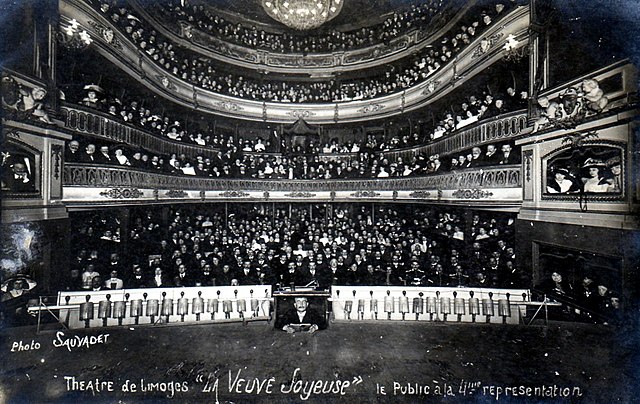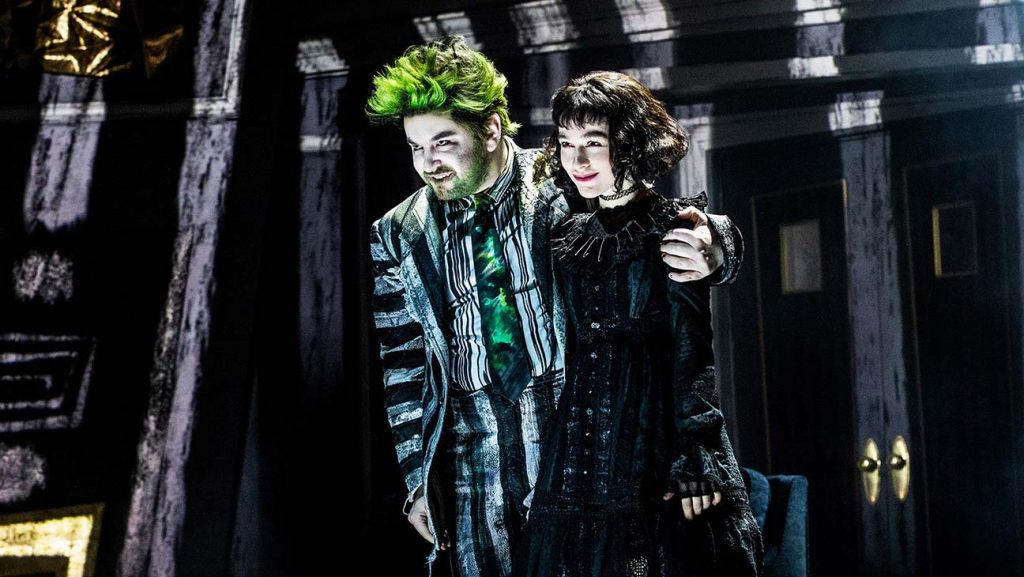
The Wizard of OZ and the Public Domain
The tale of “The Wizard of Oz” is one that has captured the hearts of many for over a century. However, its journey through copyright law is equally fascinating. This article delves into the intricate web of copyright surrounding this beloved classic.
The Origins of Oz
Dorothy Gale, the protagonist of “The Wizard of Oz,” first appeared in the children’s novel “The Wonderful Wizard of Oz.” This novel was penned by Lyman Frank Baum, often referred to as L. Frank Baum, and illustrated by William Wallace Denslow. Born on May 15, 1856, in Chittenango, New York, Baum had a varied career before partnering with Denslow in 1899 in Chicago. Their first collaboration was a poetry book titled “Father Goose, His Book.” However, their most renowned work, “The Wonderful Wizard of Oz,” was published a year later, on May 17, 1900. This book quickly became a best-seller, with its popularity enduring for over a century.
Copyright and Baum’s Book
When “The Wonderful Wizard of Oz” was first published, it was protected under the Copyright Act of 1831. This act granted an initial 28-year term of protection, which could be extended by another 14 years, totaling 42 years. This meant that the novel would enter the public domain in 1942. However, the 1909 Copyright Act extended the renewal term to 28 years, providing a total of 56 years of protection. This extension benefited Baum and Denslow, but unfortunately, both authors passed away early – Denslow in 1915 and Baum in 1919. Despite this, the novel’s popularity persisted. In 1928, its copyright was renewed, and Samuel Goldwyn acquired the screen and book rights for $40,000. By 1956, the novel entered the public domain, and a free digital copy can now be accessed via the Gutenberg Project.
Derivative Works and Copyright
While the original novel by Baum and Denslow’s illustrations are in the public domain, any new material, such as fresh illustrations or derivative works, can still be copyrighted. A “derivative work” is defined as a work based on one or more pre-existing works. This means that any new content added to an annotated version of the novel would not be in the public domain. Additionally, a compilation of Baum’s stories could also be eligible for copyright protection, depending on the creativity involved in its selection and arrangement.
Copyright and the 1939 Film
The 1939 film adaptation of “The Wizard of Oz” remains under copyright due to multiple extensions granted by Congressional enactment. Originally, under the 1909 Copyright Act, the film had 56 years of protection. However, various legislative changes have extended this duration. The most significant extension came with the Sonny Bono Copyright Term Extension Act, which granted a total of 95 years of protection from the date of publication. As a result, the film is set to enter the public domain on December 31, 2034.
The Public Domain Conundrum
The original “The Wonderful Wizard of Oz” novel is in the public domain, but the 1939 film adaptation is not. This creates a unique legal situation where the film, considered a “derivative work” of the book, is still under copyright. This means that while the plot and characters from the book are free to use, elements unique to the film, such as specific dialogue or visual depictions, remain protected
Screening The Wizard of Oz
To screen “The Wizard of Oz” publicly, one must obtain the necessary licenses. While personal viewings with family and friends are permissible, larger screenings require proper licensing. Educational institutions may have exceptions, provided the screening is educational and relevant to the curriculum.
Conclusion
“The Wizard of Oz” remains a testament to the complexities of copyright law. While the original novel is in the public domain, its derivatives, especially the 1939 film, have navigated a labyrinth of legal extensions. For those wishing to adapt or draw inspiration from this classic, understanding its copyright journey is crucial.






